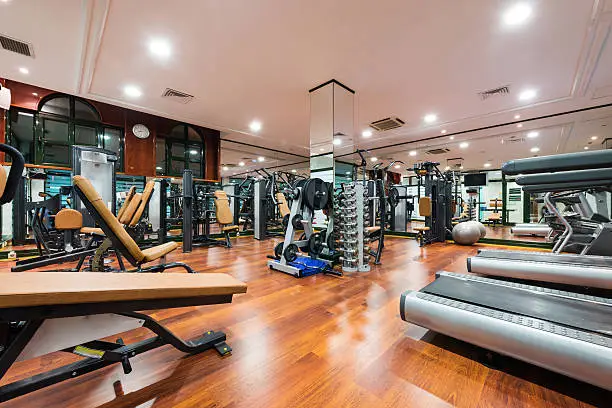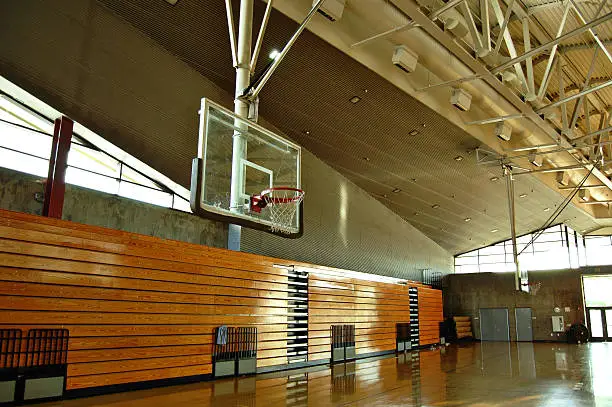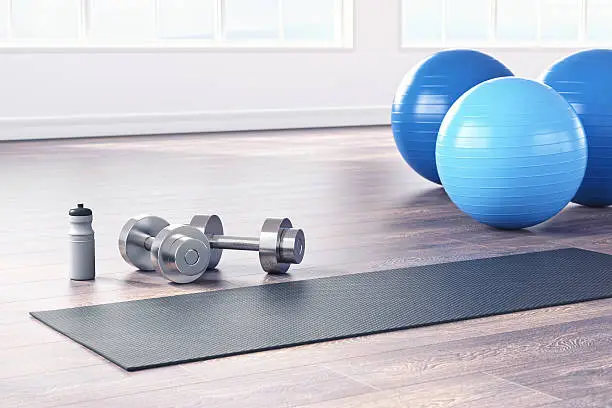Impact of Sports Equipment on Wooden Sports Floors and Protective Measures
Wooden sports floors have become the preferred choice for many sports venues due to their excellent resilience, comfort, and aesthetics. However, with the widespread use of various sports equipment, floors face different types of pressure from heavy objects, impact, and continuous friction. If left unaddressed, these pressures can cause damage to the flooring, shorten its lifespan, and even affect the performance and safety of athletes. Therefore, understanding the impact of sports equipment on wooden floors and implementing effective protection measures are key to ensuring long-term floor maintenance.

How Sports Equipment Affects Wooden Floors
Sports equipment such as basketball hoops, weightlifting gear, and gym equipment exert different types of pressure on the floor. Specifically, the following factors are particularly significant:
- Localized Weight Pressure
Heavy equipment like basketball hoops and weightlifting machines apply concentrated pressure to specific points on the floor. Over time, the weight of these items can cause indentations or cracks, especially in the areas where the equipment's supports are in contact with the floor. This can lead to localized damage to the wood and even affect the floor’s stability.
- Impact Force
In sports like basketball, volleyball, and others, athletes frequently jump and make sudden stops. The impact force from these movements not only affects the athlete’s body but also puts pressure on the floor. Continuous impact and friction can cause surface wear and cracks, ultimately affecting both the safety and performance of the sport.
- Continuous Friction
Sports equipment often creates friction on the floor, especially heavier items like treadmills and gym machines. Over time, this friction can wear down the floor’s surface, diminishing its gloss and overall durability. If left unprotected, this can lead to gradual aging of the wood and a reduction in both comfort and elasticity.

How to Minimize the Impact of Sports Equipment on Wooden Floors
While it’s inevitable that sports equipment will exert some pressure on the floor, effective design and protective measures can greatly reduce this impact and extend the lifespan of the floor.
- Use of Protective Mats and Films
Applying protective mats or films under equipment contact points is one of the most effective ways to protect the floor. These mats help to distribute the weight evenly, reducing localized pressure that could otherwise damage the floor, especially under heavy items like basketball hoops and weightlifting machines.
- Regular Maintenance and Inspections
Routine checks of wooden floors are essential, particularly in areas where heavy sports equipment is used. Monitoring for cracks or indentations and addressing minor issues before they become major problems can help maintain the floor’s integrity. Regular cleaning and maintenance of the floor’s surface ensure that the protective coating remains intact, reducing damage from friction.

- Specialized Floor Designs and Material Selection
High-performance sports wood floors are often made with denser, more durable materials to withstand greater impacts and pressure. For areas where heavy equipment is frequently used, selecting a floor designed for increased compression resistance or using laminated composite flooring can significantly improve the floor’s longevity and durability.
- Strategic Equipment Placement
Properly placing sports equipment is an effective way to minimize pressure on the floor. By avoiding the concentration of heavy equipment in one area, you can distribute the load more evenly, reducing localized pressure. In areas with heavy machinery, adding protective zones or additional padding can further protect the floor.
The durability of sports wood floors depends not only on the quality of materials and installation but also on how the equipment is used within the venue. By incorporating effective design, material selection, and protection measures, the negative impact of sports equipment on the floor can be minimized, ensuring the floor remains in top condition for years. If you're looking to select more durable, efficient protection solutions for your venue's wooden floors, we offer professional advice and customized solutions to help your flooring withstand the test of time.